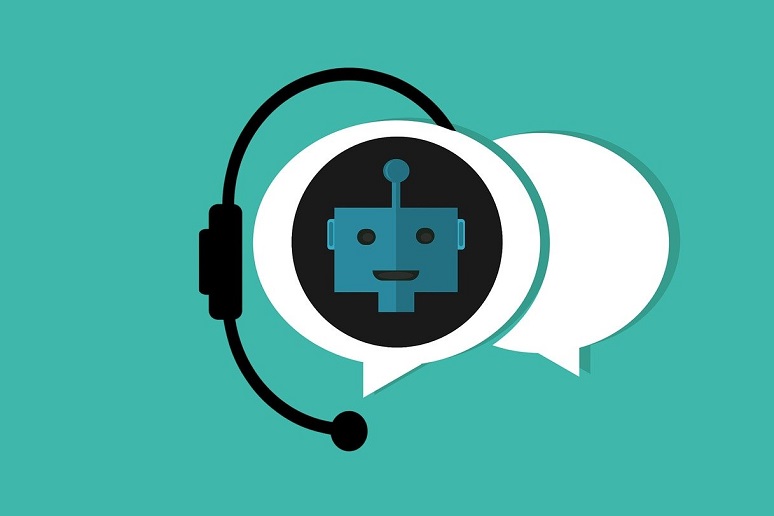The excitement around intelligent virtual agents (IVAs) is palpable for those looking to improve user experience. From the moment we discovered their ability to transform frustrating, IVR-based, self-service experiences into something as engaging as speaking to Siri or Alexa, we were transfixed. They had us at, “Hello, how can I help you?”
Businesses are racing to deploy IVAs. According to a
recent survey by DMG Consulting, 81% of enterprise, service and contact center executives and managers around the world, along with every major unified communications and contact center provider, now offer IVAs as part of their product portfolios.
Most of the discussion has centered around the
conversational AI capabilities of IVAs. This is because they have become adept at understanding what users are asking for, in hundreds of languages, and responding in human-sounding text-to-speech. But IVAs can do much more, most of which has received little attention.
Let's look at some examples.
1. IVAs work within the network
Telecom carriers can integrate IVAs into their networks to deliver on-net experiences to business customers. An organization can purchase them as a service that's incorporated into its monthly phone bill. This is largely possible because over 600 service providers use Cisco BroadWorks as their soft switch, and IVAs that deeply integrate with BroadWorks can leverage the power of the switch.
When a business purchases its IVAs through a carrier like AT&T or Telstra, the entire business and all its endpoints – including hundreds of stores, call centers, and office locations – become integrated as if they were in one office. That enables an IVA to route calls between those endpoints as if they were inexpensive call transfers, reducing telephony costs dramatically. IVAs can answer calls coming into the business 800 number; ask the caller which person, store, or department they want to reach; and then transfer the call to the appropriate endpoint.
Through integration with BroadWorks XSI, IVAs become even more powerful because they:
- Know the status of each endpoint – enabling them to detect when someone is on the phone and when they become available
- Put a call into a queue and schedule a callback when an agent is available
- Place outbound calls to deliver reminders or execute more complex predictive-dialing campaigns
- Deliver a call to an agent desktop, along with a screen pop that includes details of the IVA conversation
- Turn call recording on and off, conference parties together and terminate a call if necessary
2. IVAs can enhance or replace intelligent network (IN)
IVAs are also being utilized to enhance or replace the intelligent network (IN). Many carriers use IN to provide value-added network services like 311, 900, and location-based services. In this case, a carrier like Telstra detects the location of the caller by understanding to which local exchange they've connected. However, IN generally only provides an approximate location of the caller. Businesses like
Pizza Hut direct those calls to an IVA that can ask the caller which store in the area they’d like to reach.
In many cases, service providers now use IVAs to replace IN. For example, a virtual agent platform can maintain a database of phone numbers for local stores and detect which number is dialed. The IVA then provides information about the services offered by that store to the caller (i.e., “Your local store offers home delivery”).
3. IVAs can deliver the goods – fulfillment
In addition to understanding what a user wants and efficiently delivering calls to endpoints, IVAs can solve a customer’s problem or “fulfill” a user’s request. To do that, they need to have access to a wide array of back-end systems like CRMs, reservation systems, and calendars. They do this through pre-built webhooks into third-party systems or through an
integration node that communicates with external web services APIs. That gives them power to book reservations, make appointments, open help desk tickets, and more. Some virtual agent development platforms include drag-and-drop interfaces to integrate with third-party services, replacing the need for developers to create custom coded JavaScript or Lambda functions.
4. IVAs can take PCI-compliant payments
Another incredibly valuable skill that IVAs have is the ability to collect payments. Because they do this without a human agent on the call, IVAs are PCI-compliant. No one can hear the customer’s credit card number, expiration date, and secret code. Some IVA development platforms offer a
payment processing node that administrators drag and drop into their self-service applications.
5. IVAs offer intelligent automation – workflows
IVAs work alongside back-office intelligent automation, which allows you to set up automated tasks that will run based on a set schedule. It's additionally employable for routine tasks like generating automated reports or retrieving data from a third-party data source periodically. IVAs also can monitor social media feeds for negative mentions or connect to IoT sensors to trigger alerts (“Your inventory is running low; would you like me to re-order?”).
Conclusion
IVAs not only “talk the talk” they can “walk the walk,” so to speak. They have become incredibly adept at understanding the many ways we, as consumers, ask questions and express our wishes. But they also do a lot more – through deep network integration and intelligent automation.









